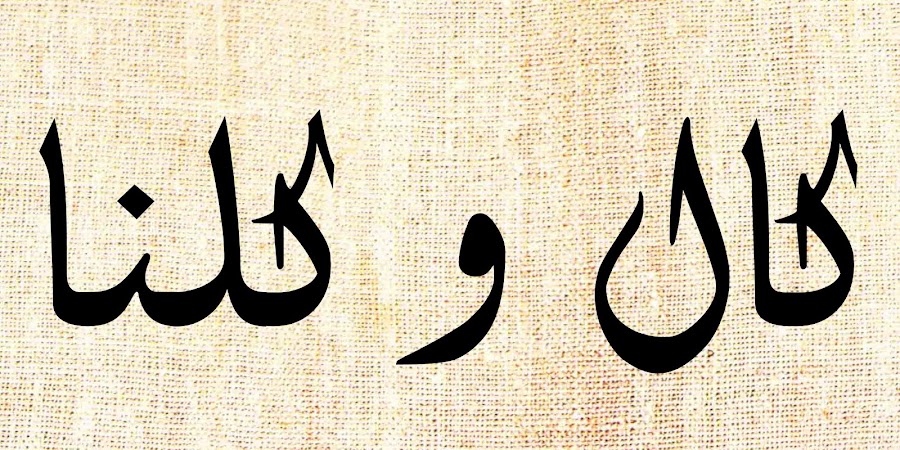( Nahr al-Bared camp)
This informational map is a graphic illustration of a study about Palestinianpopulation living inLebanon.Around 425,000 refugees are registered with UNRWA in Lebanon, living infourteen different refugee camps (Mar Elias in Beirut, Burij Al Barajneh, Dikweneh, Dbayeh and Chatila in mountains, EinElHilweh , Mie w Mie, and Nabatieh in Saida , Buss , Rashidieh, and BurjShmali in Tyre, NaherElbared and Bedawee in Tripoli, and wavel in Beqaa, however , in the 1970’s two camps were destroyed (Nabataea and Dikwineh camps) remaining with twelve camps.Palestine refugees make up an estimated ten percent of Lebanon, a country which is now densely populated.
In mid-2007, around 27,000 Palestine refugees were displaced from Nahr el Bared camp (which is 16km north of Tripoli near the coastal road, Lebanon) and its adjacent areas in northern Lebanon, as a result of the conflict between the Lebanese Armed Forces and the extremist Fatah Al-Islam group. The camp which was originally established by the League of Red Cross Societies in 1949 to accommodate Palestine refugees from the Lake Huleh area of northern Palestine was crushed. 95% of all buildings and arrangement were either destroyed or damaged beyond repair.An estimates ranging from 12,000 to 18,000displaced Palestinians from Nahr el Bared relocated inBaddawi camp ( Beddawi camp is located on a hill in north Lebanon, 5km north of Tripoli ). These Palestinians called it a second nakba since the first one was in 1948 (a black and white nakba). The new arrivals doubled the population of Badawi camp which previously held 18,000, Beddawi’s population swelled from 15,000 to 30,000 almost overnight.
Memories and maps are prominently shown in the experience of Palestinians. People scarred by deficiency, dispersion, occupation and deep uncertainty about their future.OldPalestinian people (men and women)still carry ancientantique keys that they believe are there keys to their homes. The key is symbolic of the intractability of the Israel-Palestinian conflict. People in the camp carry keys to the houses their grandparents were forced to leave in 1948.The key passes from one generation to another. Now Palestinians of Naher El Bared carry two keys one their home key to Palestine and the other is home key to naher el bared home.
The old key (red) represents the campswhich were originally established in 1949 to accommodate Palestine refugees from Palestine. We have twelve red keys that represent the twelve existing camps Mar Elias in Beirut, Burij Al Barajneh, Dikweneh, Dbayeh and Chatila in mountains, EinElHilweh , Mie w Mie, and Nabatieh in Saida , Buss , Rashidieh, and BurjShmali in Tyre, NaherElbared and Bedawee in Tripoli, and wavel in Beqaa .The modern key (green) represents Palestinians of Naher ElBared that now carry two keys, one to their home in Palestine and another to their home inNaher El Bared home.






